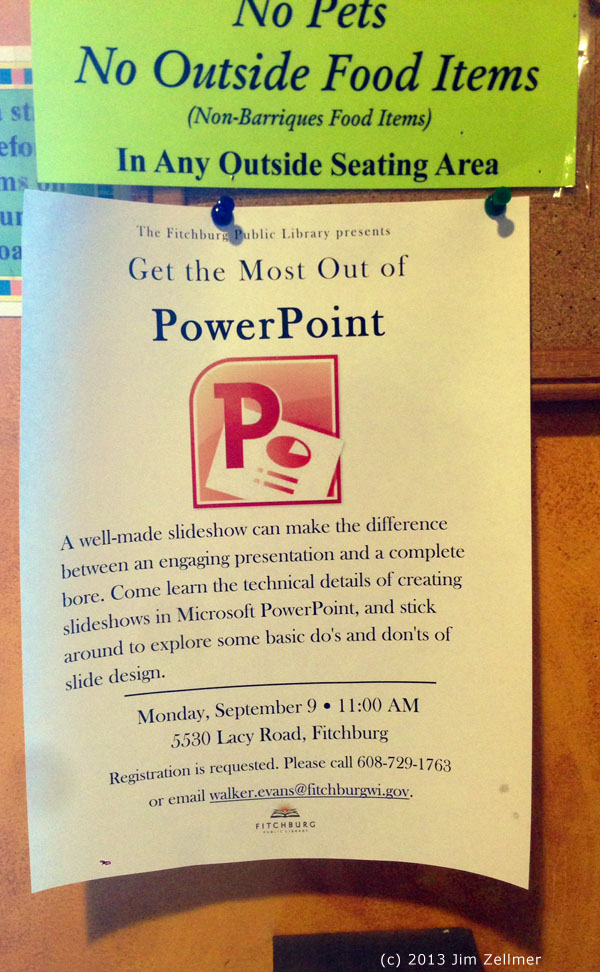BBC:
Human happiness may rely on our ability to conquer a natural fear of upsetting the status quo, says AL Kennedy.
Imagine three identical boxes. Two are empty and one contains your heart’s desire, perhaps love, perhaps a nice cup of tea. A kind, if slightly perverse, person says you can pick one box and own its contents. Let’s say you select Box A. The person then shows you Box B is empty. So either Box A – your choice, or Box C – a mystery, contains your happiness. Now, you can change your choice to Box C, or stick with Box A. But what gives you the better chance? Should you change or not?
If you’re like me, you won’t want to change. Even if things aren’t wonderful, but are familiar, I would rather stay with what I know. Why meddle with something for which there is a Latin, and therefore authoritative, term: the status quo. I studied dead languages at school – no chance of sudden changes in grammar or vocabulary there. So I’m aware status quo has roots in the longer phrase “in statu quo res erant ante bellum” – the state in which things were before the war. I feel the implication is that without the status quo there will be chaos. There will be war.
